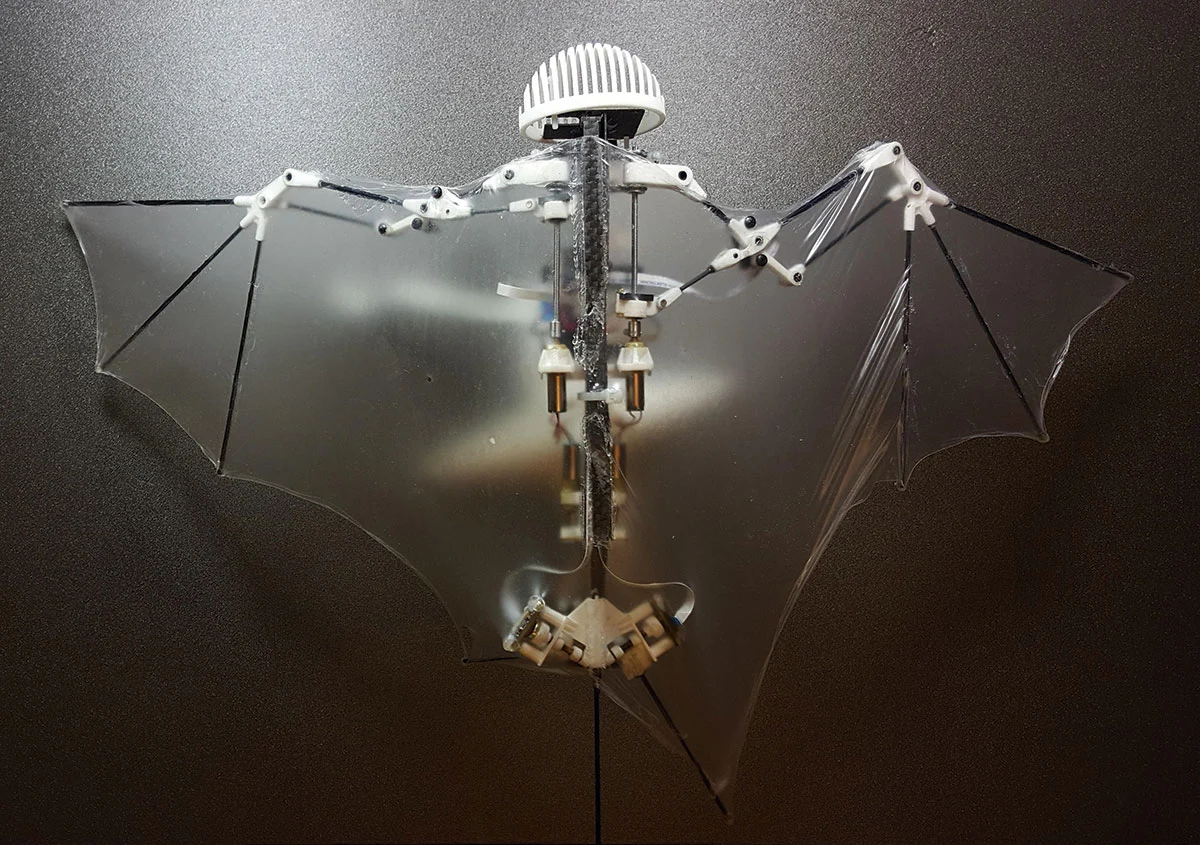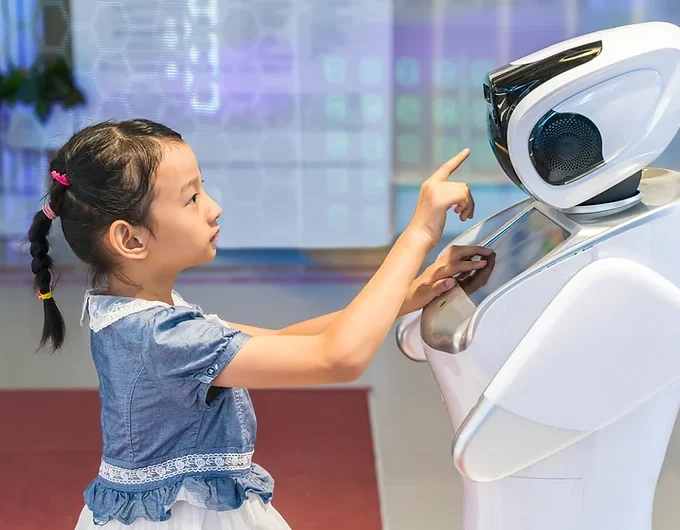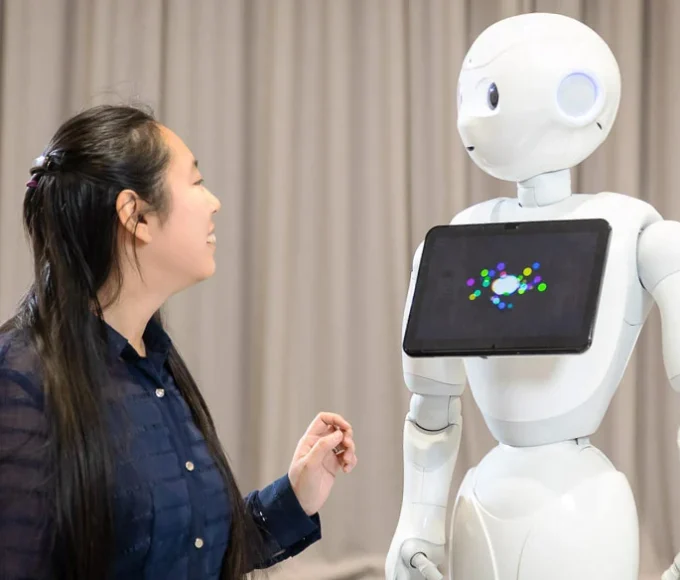The world of robotics has long been captivated by the marvels of nature. From the graceful flight of birds to the intricate movements of insects, the biological realm has provided an endless source of inspiration for roboticists aiming to push the boundaries of technology. Bio-inspired robotics, a field that draws inspiration from the natural world, has led to the development of robots that not only mimic the appearance of animals but also replicate their behaviour and capabilities. This convergence of biology and technology has paved the way for innovative solutions to complex challenges and has the potential to revolutionize various industries.
Learning from Nature’s Design
One of the fundamental principles of bio-inspired robotics is emulating the efficient and elegant designs found in nature. Evolution has fine-tuned the anatomical structures of animals over millions of years to optimize their survival and functioning within their respective environments. Roboticists have taken cues from this design process to create robots with enhanced capabilities.
For instance, the study of animal locomotion has led to the creation of highly agile and adaptable robots. Researchers have dissected the biomechanics of creatures like cheetahs and snakes to understand how their limbs and bodies enable them to traverse challenging terrains. This knowledge has been applied to the development of robots capable of navigating disaster-stricken areas or exploring alien landscapes.
Sensor Technology and Perception
Nature’s exquisite sensor systems have also influenced the development of robotic perception. Animals possess remarkable sensory abilities that enable them to perceive their surroundings, communicate, and respond to stimuli. Mimicking these capabilities has resulted in the creation of robots with advanced sensory suites.
Bat-inspired robots, for instance, have borrowed echolocation principles to navigate environments using ultrasonic sensors. These robots emit sound waves and analyze the reflected signals to construct a map of their surroundings, enabling them to navigate in the dark or through cluttered spaces. Similarly, robots inspired by insects’ compound eyes have achieved panoramic vision, facilitating tasks like surveillance, search, and rescue.
A New Era of Interaction
The synergy between bio-inspired robotics and artificial intelligence has opened up new possibilities for human-robot interaction. By studying social animals, roboticists have gained insights into group dynamics, communication, and cooperation, which are essential for collaborative robotics.
Ant colonies, known for their intricate division of labour, have inspired algorithms that optimize task allocation in robot swarms. These algorithms enable groups of robots to collectively solve complex problems, such as exploring hazardous environments or coordinating in disaster relief efforts. Such innovations hold promise not only in the field of robotics but also in areas like logistics and supply chain management.
Sustainability and Biomimicry
Bio-inspired robotics also contributes to sustainability efforts by emulating nature’s resource-efficient solutions. Biomimicry, a concept that involves imitating nature’s strategies to solve human challenges, has been integrated into robotic design. For instance, researchers have looked to the wings of birds and insects to create energy-efficient flying robots that can endure long flights while conserving energy.
Additionally, advancements in soft robotics, a subfield of bio-inspired robotics, have led to robots with flexible and adaptable structures resembling living organisms. These robots can navigate complex environments with minimal risk of damage and can be employed in medical applications such as minimally invasive surgeries.
Challenges and Future Directions
While bio-inspired robotics has made significant strides, challenges remain. The complexity of biological systems often exceeds the capabilities of current technology, and replicating certain behaviours or capabilities remains elusive. Furthermore, ethical considerations regarding the potential impact of bio-inspired robots on ecosystems and society must be carefully addressed.
Looking ahead, bio-inspired robotics holds tremendous promise for various domains. As technology continues to evolve, robots inspired by nature will likely find applications in fields such as environmental monitoring, space exploration, healthcare, and agriculture.
By integrating the wisdom of nature into technological innovation, we are not only advancing our understanding of the natural world but also creating a future where robots and humans coexist in unprecedented harmony.
















Leave a comment